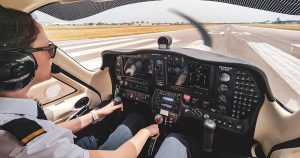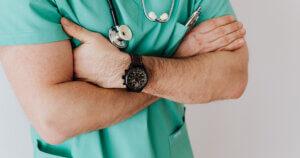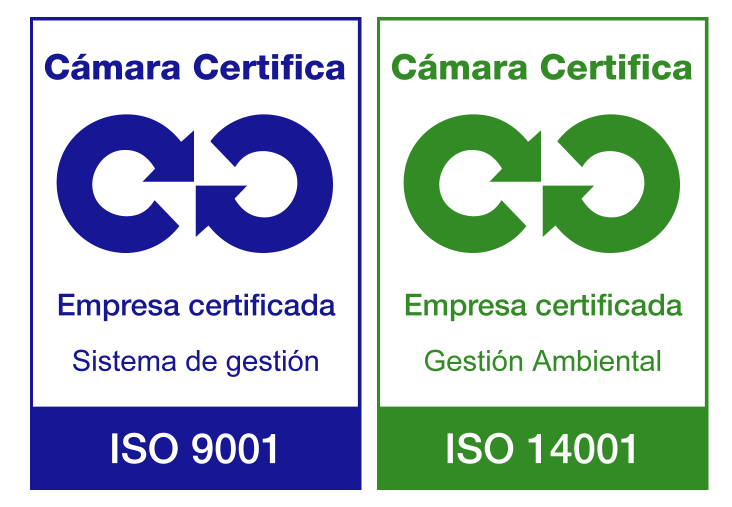As for any other vehicle, to be a plane pilot you must pass a series of physical and psychotechnical tests, essential to obtain a flight license. Although these tests are somewhat more complex than for other vehicles, they are easy to overcome for anyone with normal physical conditions.
Depending on the type of license you want to obtain, the initial examination will be more or less thorough. For private licenses, this medical certificate will be Class II, while for professionals such as CPL or ATPL licenses (ATPL Frozen) a Class I certificate is needed (Medical certificate class 1).
In Spain, the agency responsible for granting such licenses and establishing the necessary psychological and physical requirements, is the National Department of Civil Aviation which ensures that future pilots are in best physical and mental conditions.
To be an airplane pilot in Spain, it is mandatory to have this medical certificate before registering for any pilot course.
The aim of this examination is to evaluate the applicant’s psycho-physical capacity that ensure he/she has the necessary conditions to act as a pilot in a safe and effective manner, as well as to prevent an acute incapacitation in flight or an early chronic incapacitation. Therefore, not only diseases or injuries are taken into account, but also the consequences derived from them.
However, it is important to discern between a definitive and a temporary unfit. For example, a heart injury, epileptic seizures, or color blindness cause a definitive denial while a high cholesterol, anemia, or any other reversible circumstance, make a reviewable temporary denial.
Special attention is also paid to the applicant’s psychological profile. A depressive personality, prone to panic, unstable or paranoid will determine an irreversible unfit.




